Did you know that over 72.5% of dogs show signs of anxiety, according to a recent study published in Scientific Reports of NIH?
That means most dogs you meet may be struggling with fear, noise sensitivity, or separation issues. And yet, anxiety in dogs is often misunderstood or dismissed as bad behavior.
The truth is, some breeds are simply more prone to nervousness than others. Genetics, temperament, and breeding history all play a role. Recognizing anxious breeds isn’t about labeling them—it’s about learning how to support them better.
In this article, we’ll explore dog breeds most commonly linked with anxiety. If you’re considering one of these breeds—or already have one—understanding their emotional needs can make all the difference.
Dog Breeds That Are Anxious
1. Lagotto Romagnolo
Lagotto Romagnolos were bred to hunt truffles, which sharpened their sensitivity to scent and sound, as the AKC mentioned. This heightened perception often translates into nervousness when exposed to sudden noises or chaotic environments. Overstimulation can build up quickly, leading to restlessness or avoidant behaviors.
High Dependency on Routine
Disrupting their structured schedule tends to trigger signs of unease, such as pacing or excessive licking. They’re not ideal for households with irregular routines or loud energy. This sensitivity to change makes them one of the more reactive dog breeds.
Attachment-Driven Distress
They tend to bond tightly with a single person and dislike long periods of separation. The absence of their favorite human often results in whining or scratching at exits. Some dog owners report their Lagottos shadowing them constantly, even from room to room.
Intelligence With Emotional Fragility
Their working background gives them sharp problem-solving skills, but also a tendency to overanalyze unfamiliar situations. This can result in cautious, hesitant behavior when guests arrive or settings shift. Managing a dog’s anxiety in this breed requires both stimulation and gentle desensitization over time.
2. Shetland Sheepdog
Shetland Sheepdogs are known for reacting intensely to even minor disturbances, like rustling leaves or distant footsteps. Their herding lineage amplifies their awareness, causing them to stay on constant alert. This persistent vigilance often leads to barking outbursts in ordinary home settings.
Anxiety Rooted in Change
Any shift, like furniture rearrangement or a visitor’s arrival, can trigger pacing or withdrawal. They’re especially sensitive to disruptions in their daily walk timing or feeding schedule. These small changes impact their sense of control, resulting in visible unease around family members.
Mental Burnout From Lack of Engagement
Without regular mental stimulation, they may start inventing patterns, such as excessive barking, as per Purina. They’re not content with basic fetch routines or short walks. Interactive puzzles and task-based games reduce tension by keeping their brain engaged.
Tendency Toward Destructive Habits
In prolonged states of anxiety, they can turn to tearing fabric, chewing woodwork, or digging into carpets. This destructive behavior often escalates during times of boredom or isolation. It’s not driven by mischief—it’s a stress release mechanism tied to emotional overload.
3. Miniature Schnauzer
Miniature Schnauzers have a pronounced sensitivity to movement and unfamiliar sounds, especially in domestic environments. Their watchdog roots make them quick to vocalize, which often becomes a sign of overstimulation. Many display sudden startle reactions, even in otherwise controlled settings.
Anxiety From Isolation
This breed tends to struggle when separated from its primary person for long hours, even in familiar surroundings. Chewed furniture or door scratching isn’t uncommon in cases of repeated absence. These anxious behaviors are often tied to environments that lack predictable human interaction.
Reactive Toward Movement
They are prone to reacting sharply when encountering fast-moving other animals, including birds or smaller pets. Their instinct to chase often intersects with nervous pacing or tense posture when restrained. It’s not aggression—it’s tension buildup with nowhere to go.
Emotional Patterns Under Stress
A Miniature Schnauzer’s response to change can include trembling or hiding. Their cognitive sharpness doesn’t shield them from emotional overstimulation. Supporting their mental health often involves steady routines, spatial clarity, and limiting chaotic transitions.
4. Border Collie
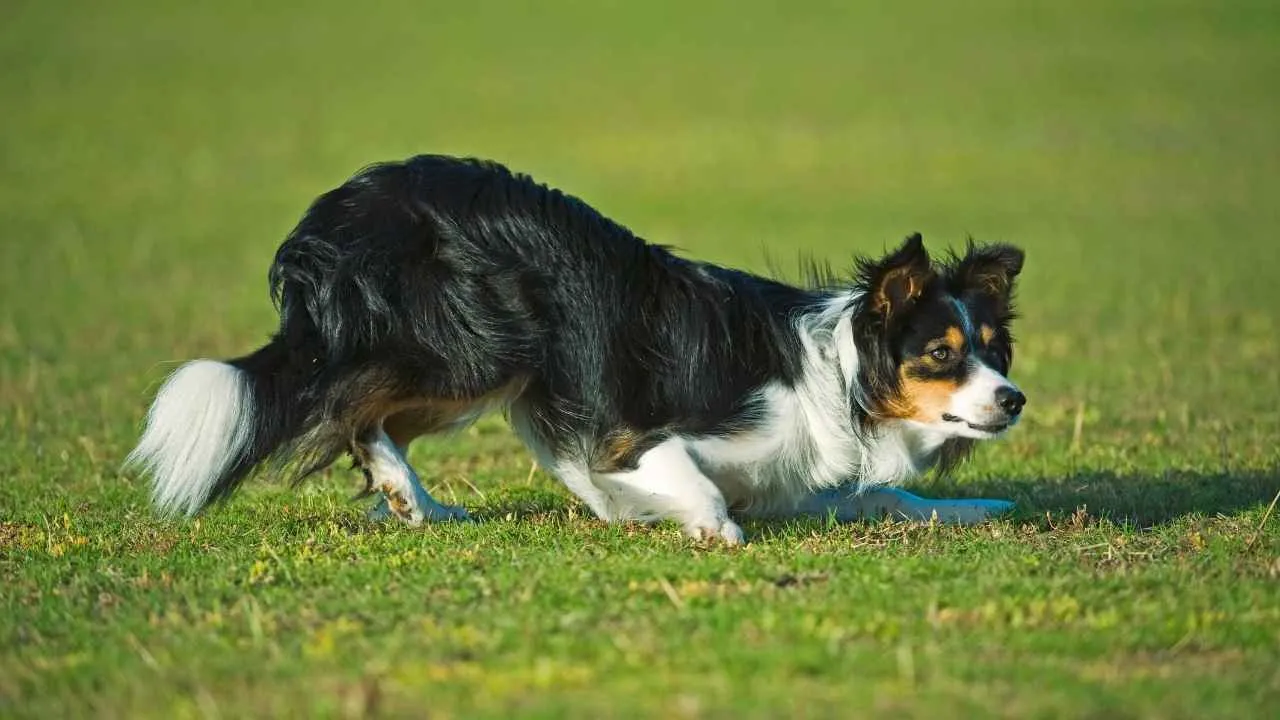
Border Collies are wired for nonstop observation—watching, analyzing, and anticipating movement. When not given structure, their attention turns inward, resulting in obsessive pacing or self-soothing behaviors. It’s not boredom; it’s mental overdrive with no off switch.
Triggered by Sudden Loud Sounds
Sensitivity in Border Collies can look like trembling, panting, and attempting to hide from very loud environmental noises. Fireworks or thunderstorms often provoke an automatic stress response rather than a trained one. The breed’s heightened auditory awareness leaves little room for filtering.
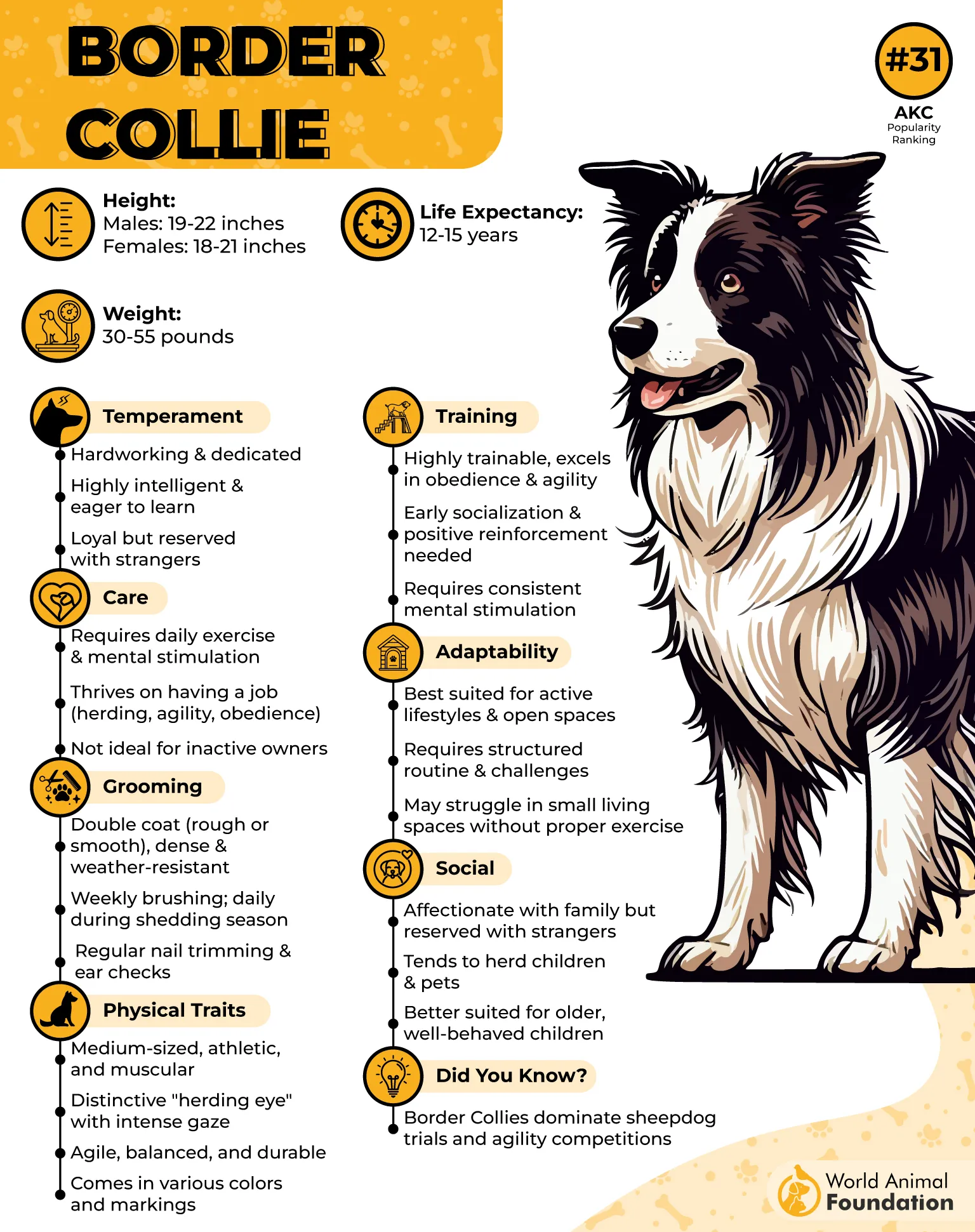
Fixation Rooted in Working Heritage
Originally bred to herd livestock, their instincts compel them to control motion, even when unnecessary, as per WebMD. This leads to light-chasing, shadow stalking, or nipping legs in crowded homes. These aren’t quirks—they’re signs of internal pressure without a release outlet.
Emotional Tethering to Caregivers
They often mirror the energy of their human family, staying alert to shifts in tone or mood. That deep link can cause distress if the connection feels inconsistent or broken. The anxiety isn’t rooted in disobedience—it’s in their overwhelming need to stay useful.
5. Labrador Retriever

Labradors form deep emotional bonds and tend to experience stress when left without frequent interaction. Even short periods of isolation can trigger pacing or vocalizing. Their emotional reactivity isn’t mild—it shows up quickly and often intensifies without structured support.
Need for Purposeful Engagement
Originally bred to retrieve in partnership with hunters, they require direction and involvement to feel secure. Inactivity or mental stagnation can lead to chewing, digging, or restless pacing. Their history as service dogs reflects how purpose-driven their wiring truly is.
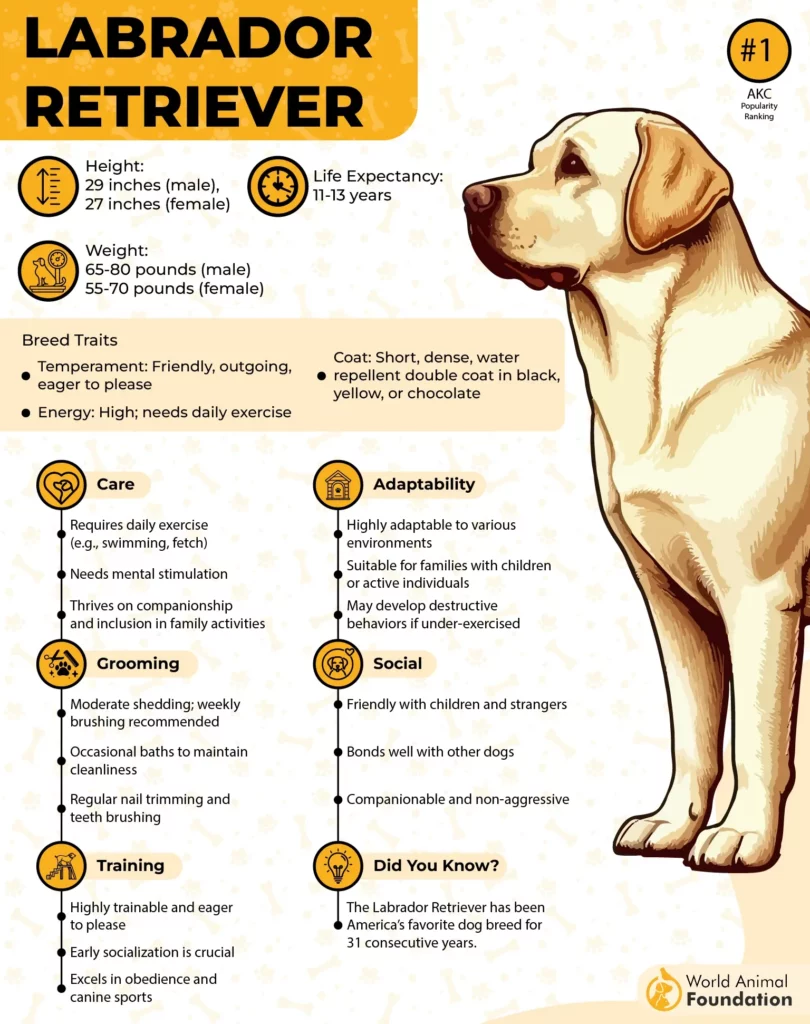
Heightened Sensitivity to Tone
They respond acutely to the tone of voice and subtle mood changes in their environment. Sudden tension, raised voices, or chaotic spaces can raise their alert levels dramatically. This hyper-attunement may appear cooperative but often masks deeper stress cycles.
Emotional Dependency on Familiar Faces
Labradors have an intense preference for specific human companions, and their behavior can shift noticeably when separated from them. Among certain breeds, this emotional loyalty can easily lead to anxious coping habits if not managed thoughtfully.
6. German Shepherd
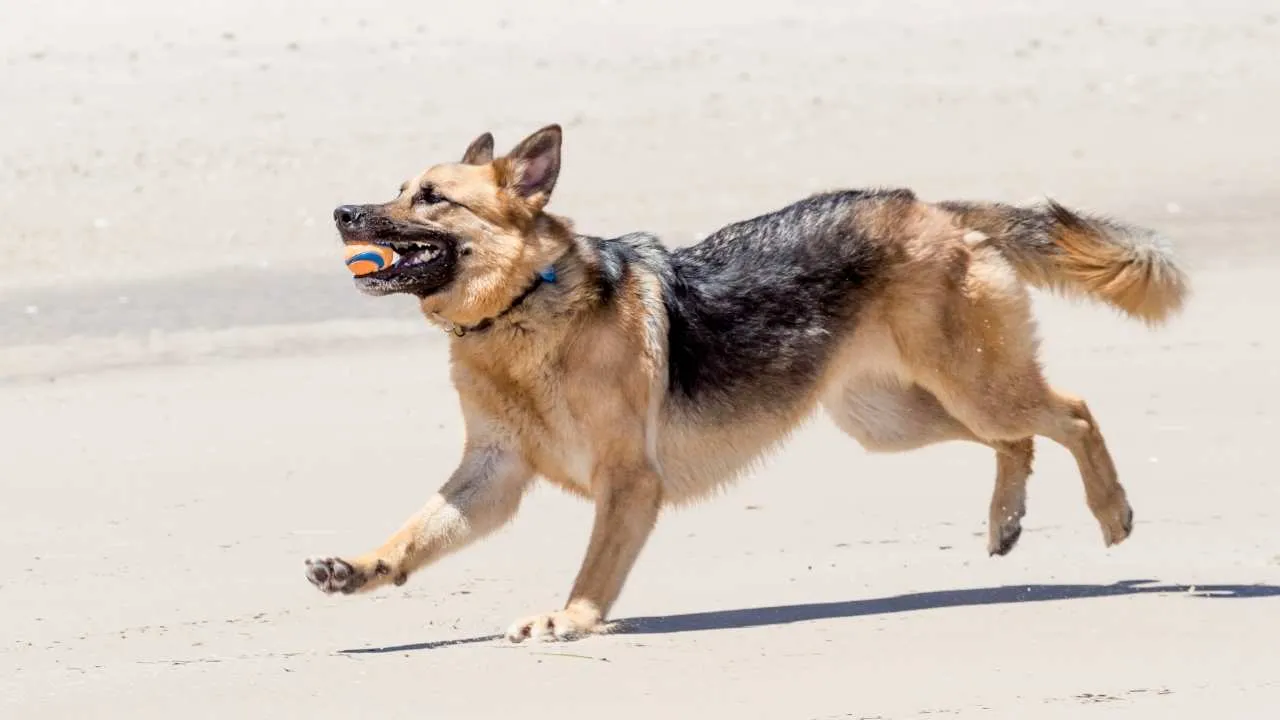
German Shepherds are known for their heightened awareness, which can tip into anxiety in overstimulating surroundings. They often react to subtle sounds or movements long before other breeds do. This constant scanning can create tension, especially in unpredictable environments.
Sensitivity to Separation
They’re deeply bonded with their primary handlers and often show signs of distress when left alone for extended periods. Whining, scratching at doors, or destructive chewing are common indicators. The issue intensifies in dogs lacking early independence training.
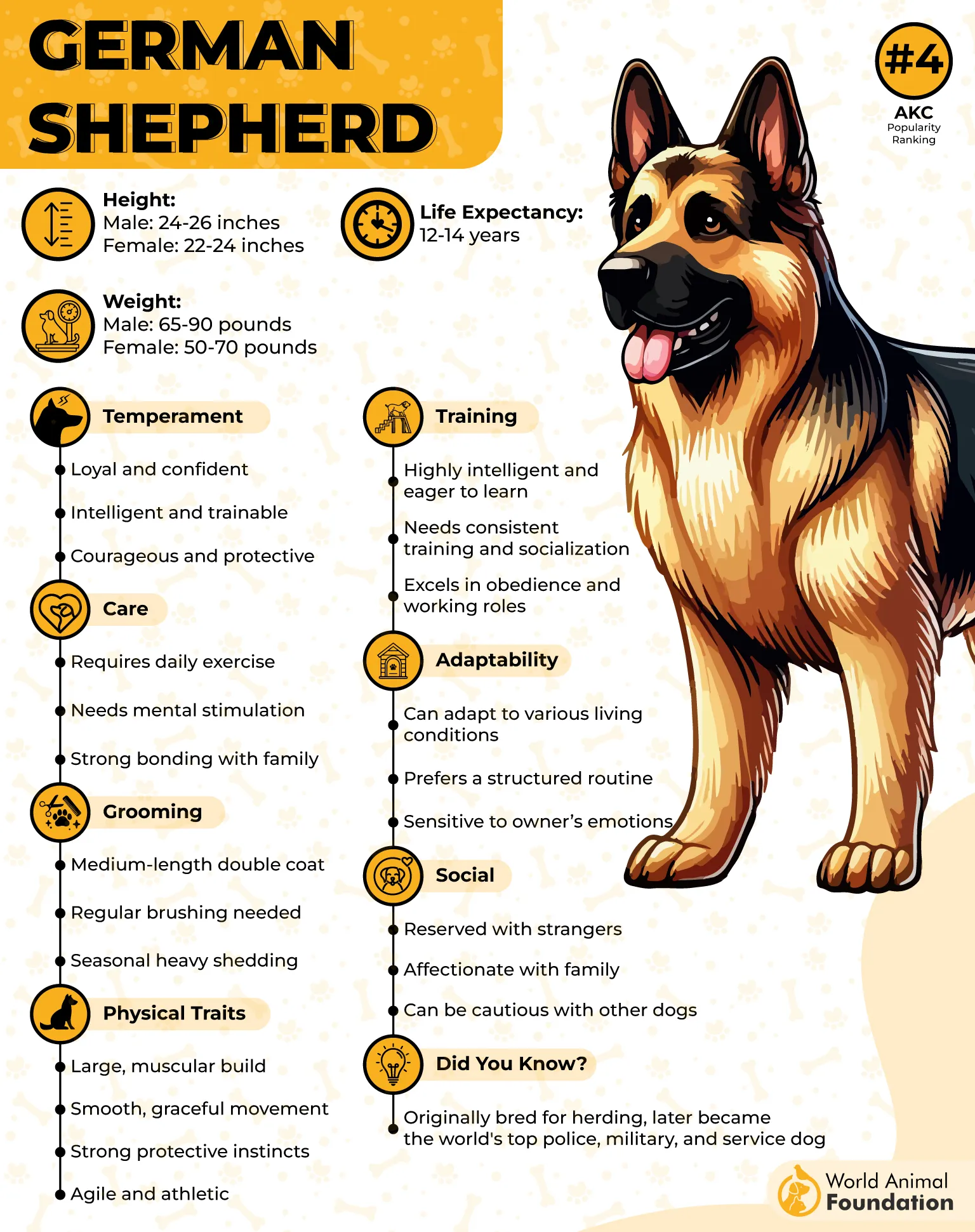
Pressure from High Expectations
Being widely used in service roles, many German Shepherds face pressure to perform or behave a certain way. In domestic homes, this creates conflict when their energy and focus aren’t properly directed. The frustration can surface as restlessness or nervous pacing.
Easily Triggered Reactivity
They tend to overreact to unfamiliar people, dogs, or settings, especially if socialization is incomplete. This reactivity stems more from uncertainty than aggression. Without confident guidance, they default to defensive postures and excessive vocalization.
7. Australian Shepherd
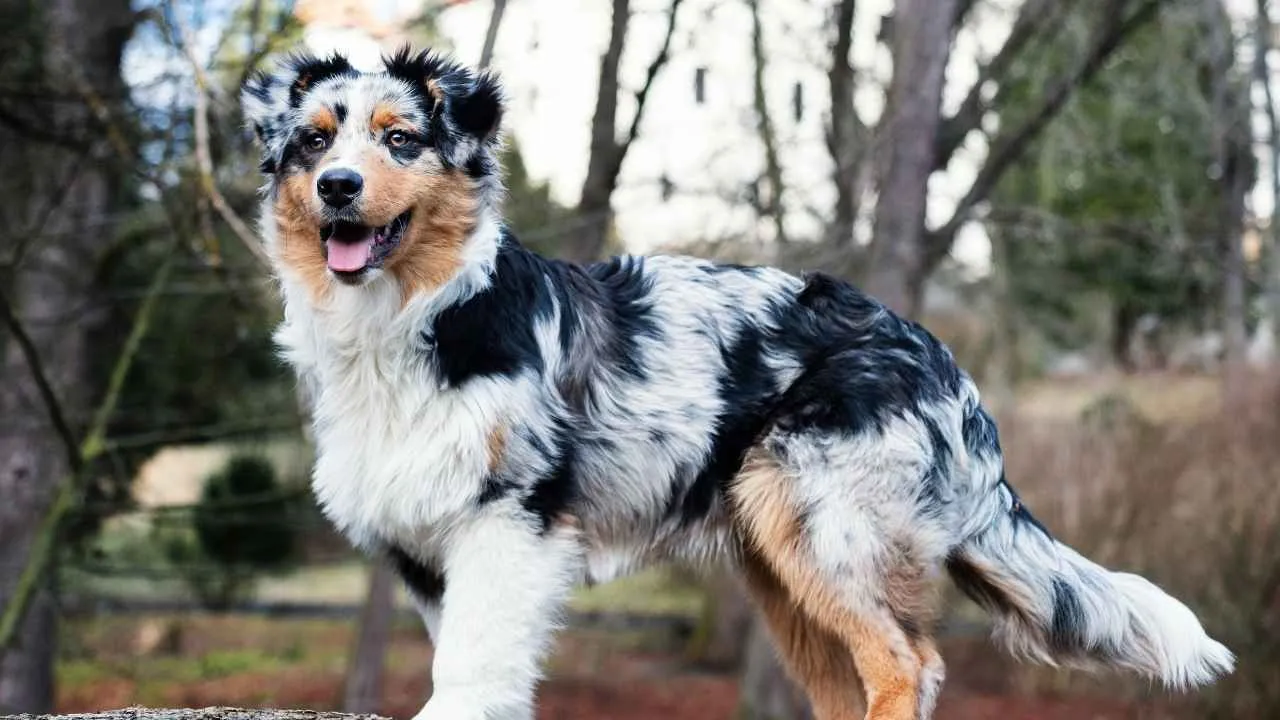
Australian Shepherds thrive on consistency, and even minor disruptions can trigger visible anxiety. A change in walk times or skipped play sessions can throw them off balance. Their reaction often includes pacing, vocalization, or attention-seeking behaviors.
Strong Need for Mental Stimulation
They’re among the most intelligent working breeds, originally bred to handle livestock across vast terrain. When mentally under-stimulated, they don’t just get bored—they become restless and uneasy. This mental frustration often shows up as obsessive behaviors like spinning or tail chasing.
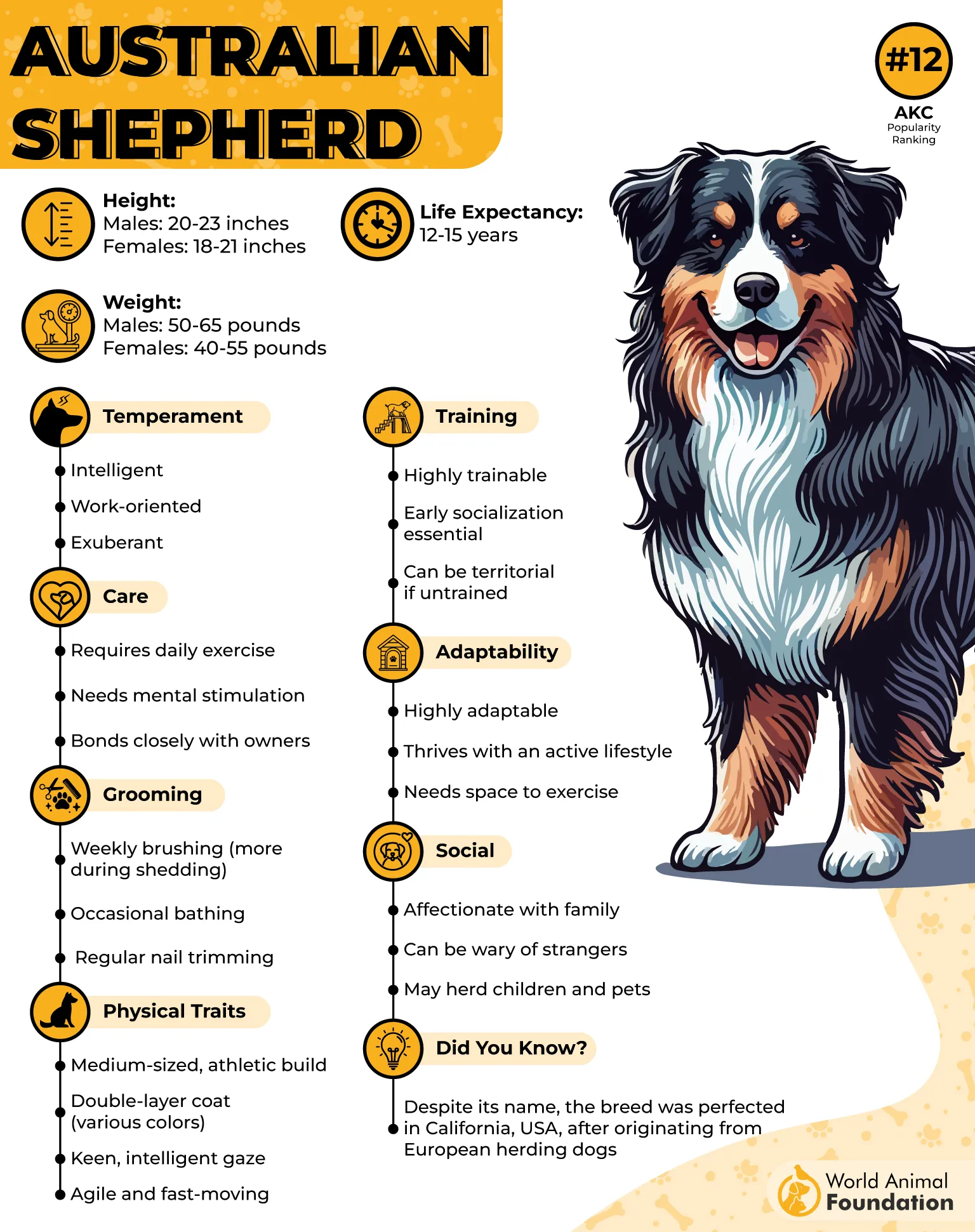
Over-Responsiveness to Owner’s Mood
They’re emotionally in tune with their owners and can mirror stress or tension almost instantly. Raised voices, arguments, or changes in energy at home can directly impact their mood. This emotional mirroring can escalate into anxiety when not addressed.
Overexcitement in New Settings
Despite their confidence outdoors, many Australian Shepherds become overstimulated in unfamiliar social situations. Crowded parks, vet clinics, or new visitors may overwhelm them quickly. When not trained to self-regulate, this turns into reactive barking or avoidance.
8. Jack Russell Terrier

Jack Russell Terriers are wired for movement, which makes stillness stressful for them. Their high energy demands mental and physical engagement throughout the day. Without it, they become restless, vocal, and prone to obsessive behaviors like spinning or digging.
Anxiety Linked to Boredom
They don’t tolerate boredom well, and it’s a major trigger for anxious outbursts. Lack of stimulation often results in furniture chewing, barking fits, or escape attempts. This isn’t mischief—it’s a coping response to pent-up frustration.
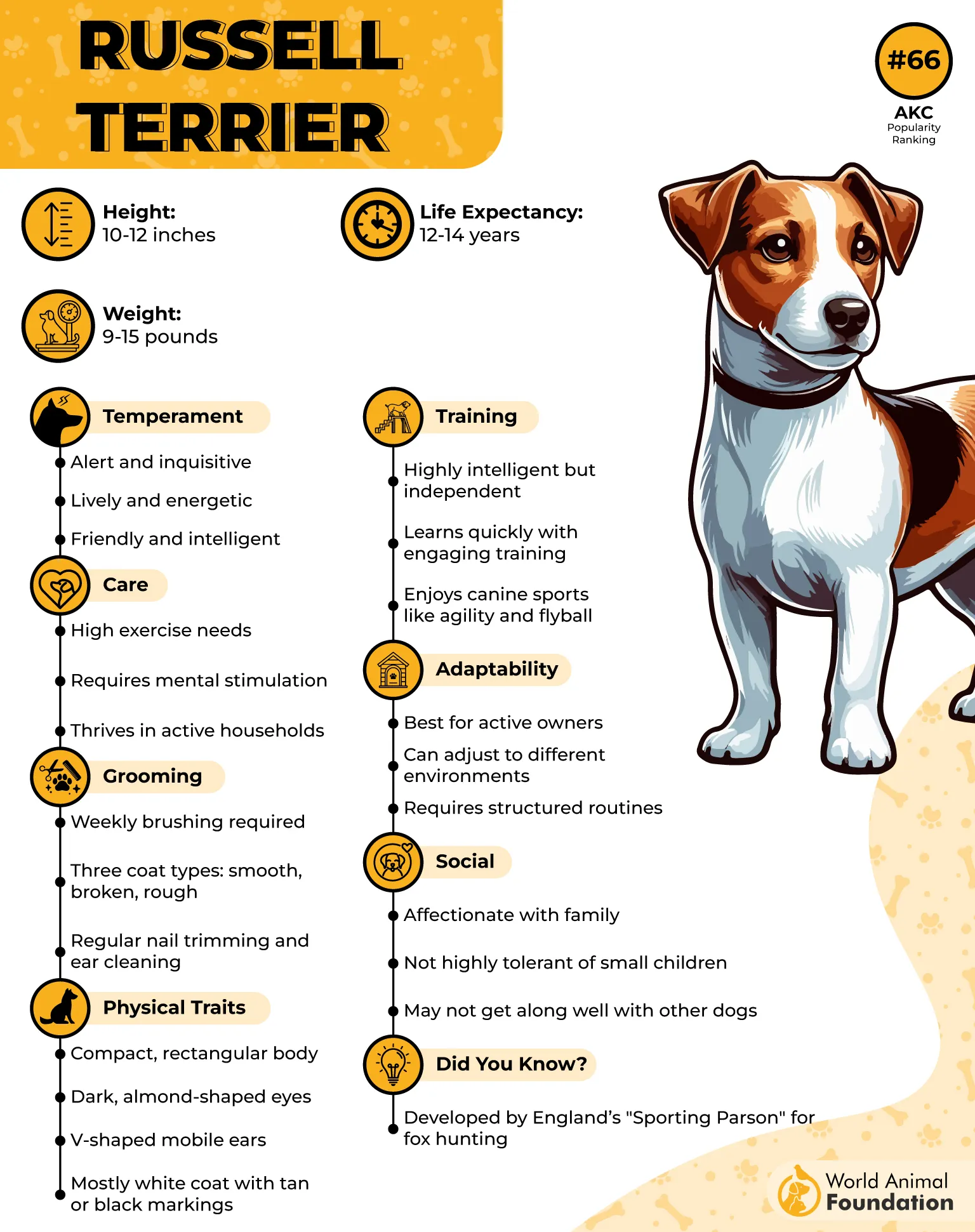
Low Tolerance for Disruption
Routine matters more to this breed than people often realize. Small environmental changes or new visitors can set them on edge. They react quickly, often with territorial barking or pacing patterns around the house.
Heightened Sensitivity to Noise
Loud bangs, sudden claps, or unfamiliar mechanical sounds often cause visible distress. Their reactions include trembling, hiding under furniture, or excessive alert barking. This sound sensitivity makes them more prone to generalized anxiety in noisy urban settings.
9. Vizsla
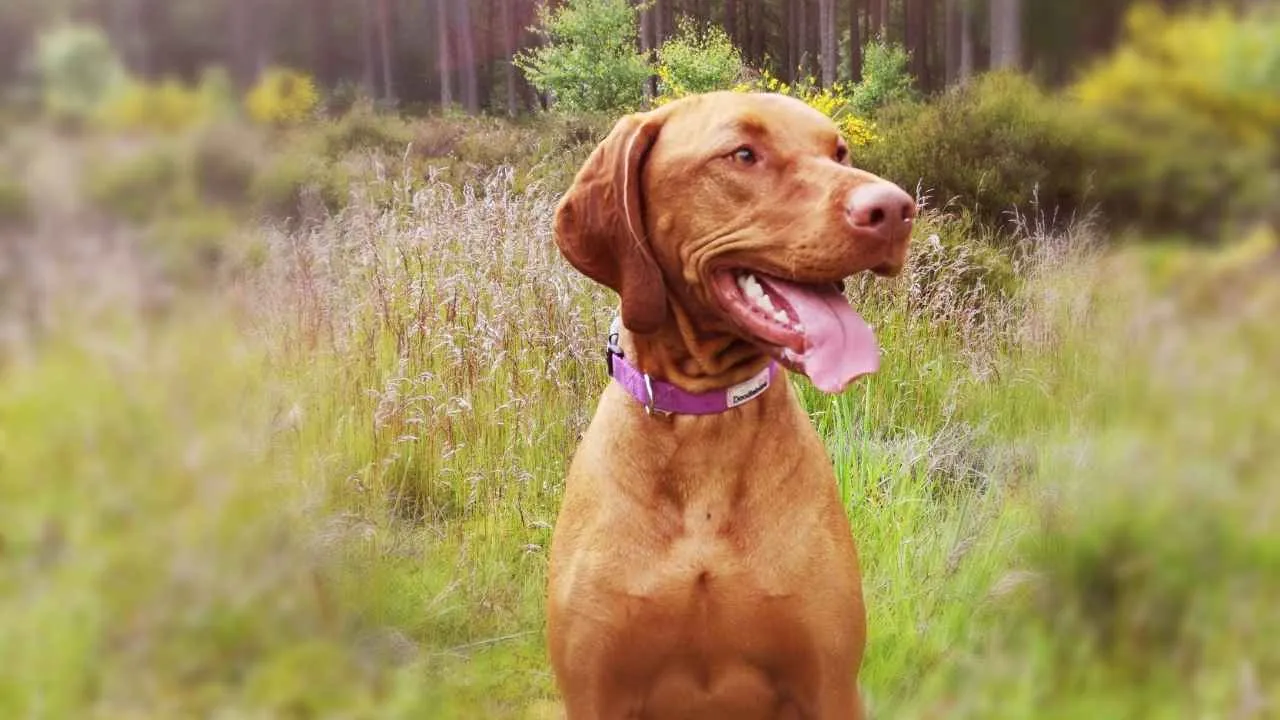
Vizslas are often called “Velcro dogs” for their intense need to stay physically close to their humans, as stated by Vets Love Pets. They follow from room to room and may panic when left even briefly. This attachment makes them especially vulnerable to separation-related anxiety.
Sensitivity Amplifies Stress
They react strongly to raised voices, scolding, or tension in the environment, even if it’s not directed at them. Changes in tone or energy can cause them to withdraw or shake. Their sensitivity makes them less adaptable to chaotic or noisy households.
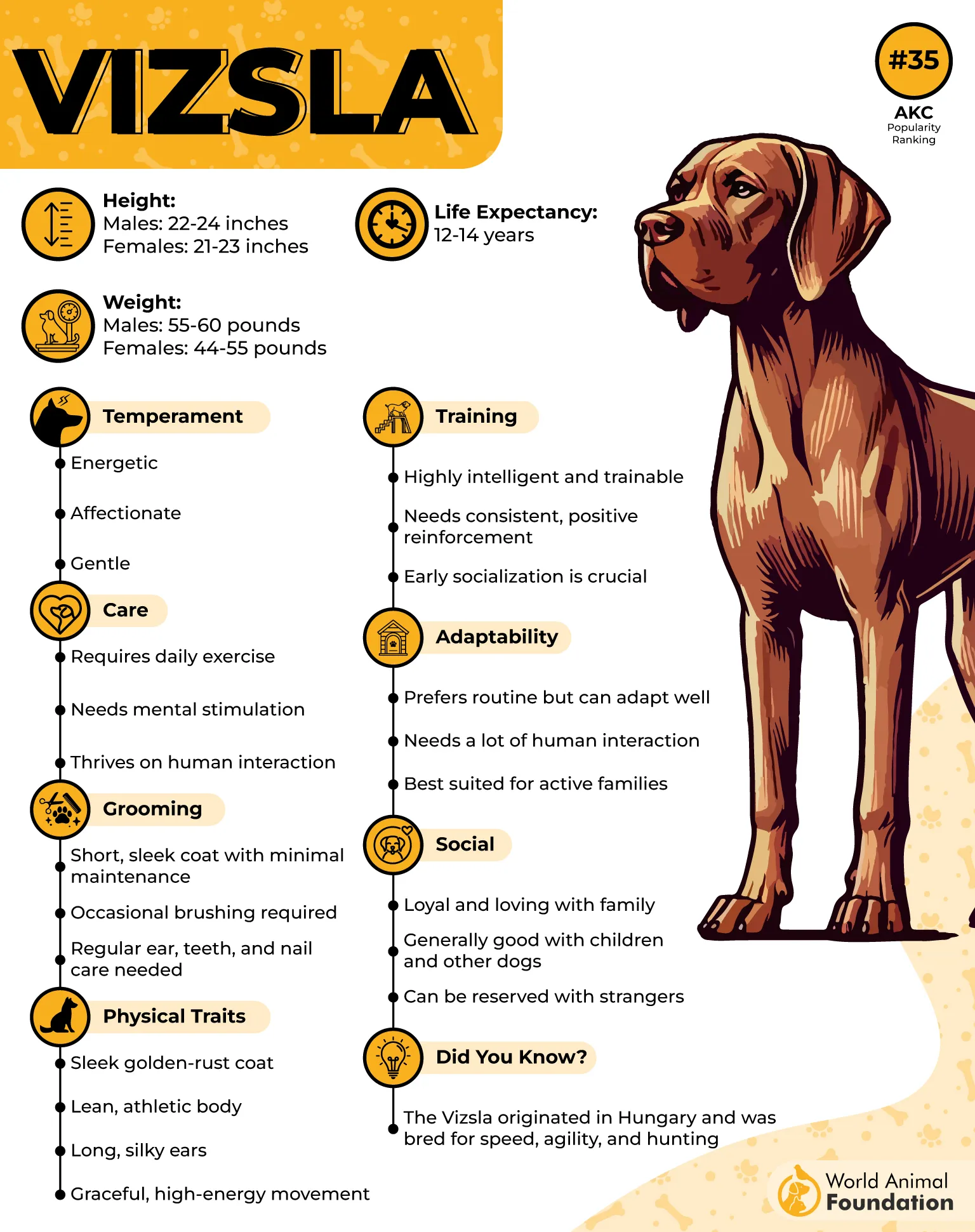
High Energy Without Outlet
This breed needs consistent, vigorous physical and mental activity to stay balanced. Without it, energy builds into nervous habits like whining, chewing, or digging. Lack of stimulation is a direct trigger for anxious outbursts, especially in young adults.
Early Socialization Is Essential
Vizslas not properly exposed to people, places, and other canines early on tend to grow fearful of unfamiliar situations. They may freeze, tremble, or try to escape in new environments. Their emotional development is closely tied to those early-life experiences.
Conclusion
Not every dog is born carefree. Some are naturally more sensitive, more alert, and more reactive. These are the dogs that often develop anxiety when their world feels unpredictable.
If you’ve noticed excessive barking, pacing, or avoidance in your furry friend, know that you’re not alone, and it’s not your fault. Some breeds are simply more in tune with their surroundings.
With time, stability, and understanding, even anxious dogs can thrive. Helping your companion dog feel secure doesn’t require anything fancy—it just takes consistency and love.
As pet owners, the more we learn about their unique emotional needs, the better we can care for them. And in that process, we build a bond that only grows deeper.


